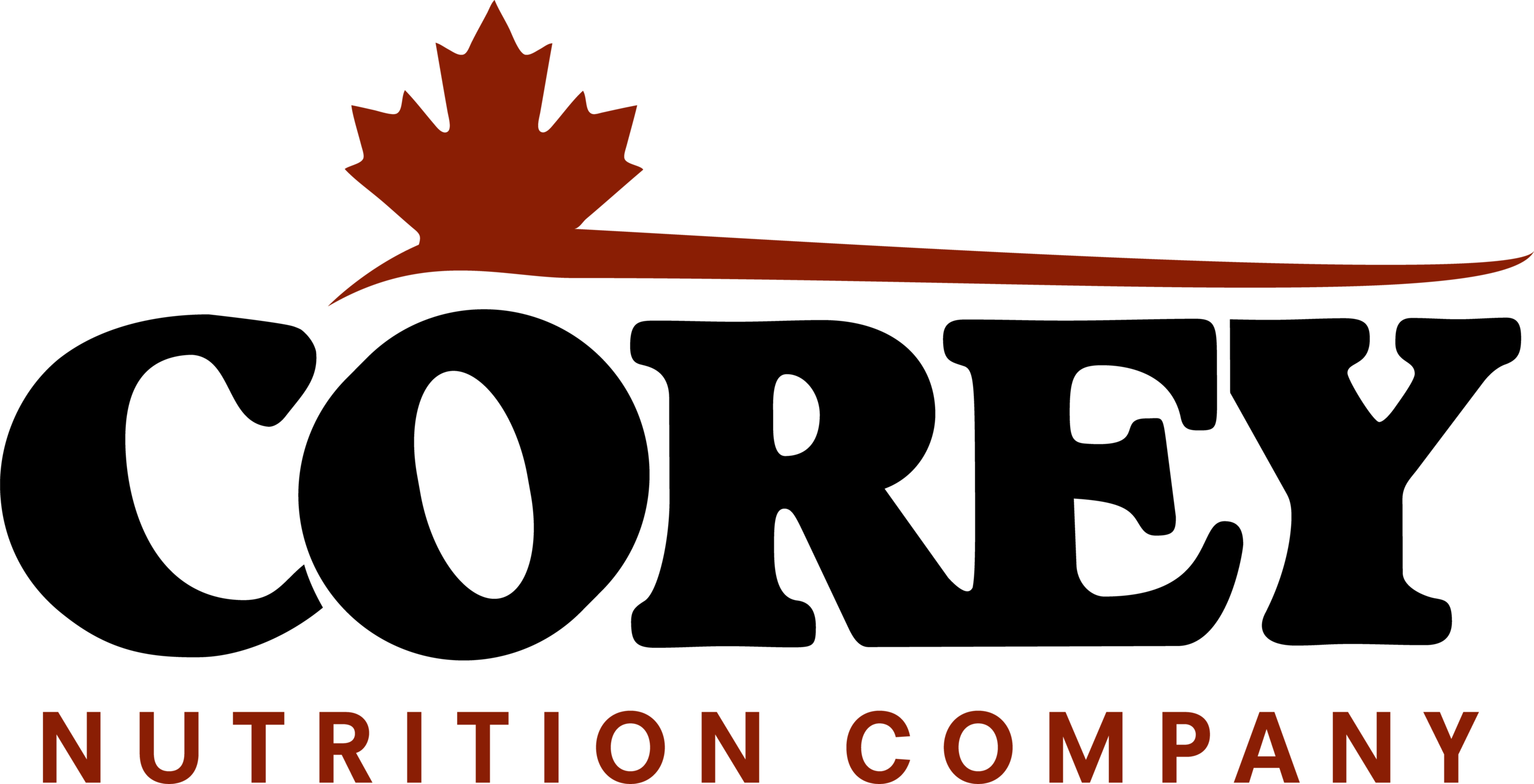PLATINUM PAW MODULE 4
AAFCO Labeling
Many aspects of pet food labeling can be confusing. We touched briefly on this in Bronze Paw, where we discussed the definitions of fresh meat vs. meat meal vs. meat by-product meal. Here, we’ll go through an actual example of how this works in detail, some of regulations surrounding the name of foods, among other topics.
MEAT PRODUCTS
In the table below is a summarized version of the AAFCO definitions of chicken, chicken meal and chicken by-product meal
Rendering: a rendered meat has been subject to cooking to destroy any harmful bacteria. Rendering is a process where the materials are subject to low heat and pressure, removing most of the water and fat and leaving primarily protein and minerals. The word “meal” is used because in addition to cooking, these products are ground to form uniform sized particles. Reputable sources will cook at low temperature to ensure amino acids and nutrients remain intact throughout this process.
To see how these compare when put into kibble, observe the following example:
Ideally, it is best for your pet for most of their proteins to come from animal sources. Let’s look at protein, fat, and moisture specifications for these 3 products.
Chicken: contains about 70% moisture, 18% protein, and 5% fat.
Chicken Meal: contains about 10% moisture, 65% protein, and 12% fat.
Chicken By-Product Meal: contains about 10% moisture, 58% protein, and 13% fat.
To put this into an example, chicken would be what you get if you if you take a whole carcass, freeze it, and grind it up: including skin, bones, and muscle. It contains about 70% water, 17-18% protein and 5-6% fat. Chicken meal would be if you took that same chicken, slowly cooked and dried it to about 10% moisture, then ground it up. You are left with a meal that is now ~65% protein and ~12% fat, making it a denser form of protein. To put real numbers on it, if you have 100 kg of chicken, it contains 17-18kg protein and 5-6kg fat, whereas if you have 100kg of chicken meal, you have 65kg protein and 12kg fat.
Let’s pretend we have 3 identical diets, only we’re replacing the first ingredient with either chicken, chicken meal or chicken by-product meal. Each diet weighs 1000kg total. There are:
400kg of chicken (18% protein)/chicken meal (65% protein)/chicken by-product meal (58% protein)
200kg potato powder (9% protein)
200kg corn gluten meal (60% protein) and,
200kg of all additional ingredients.
All the ingredients are mixed together, slowly cooked using steam and temperature, dried, and then the fats are added. Kibble tends to have a moisture content of ~10%. If you think about it, using chicken and running it through this process ultimately turns it into chicken meal.
That chicken, although by weight at the time of inclusion (PRIOR to cooking) is the primary ingredient, now gets dried down to 10% moisture like the rest of the kibble. What is happening to the weight of that chicken once it is dried? With the water gone, the weight of that chicken is now greatly reduced, and it is likely no longer the first ingredient in that product. If chicken meal was the first ingredient, given that it is already dried to 10% before it goes into the manufacturing process, will not dry down any further, therefore it will remain the first ingredient on the label.
So let’s look at the protein these ingredients are contributing to the feed.
The Chicken, although we included 400kg at 18% protein, is only contributing 72kg of protein to the diet. 18kg of protein is coming from the potato powder. Corn gluten, the 3rd ingredient in our example deck, is contributing 120kg of protein. This is more than what the 400kg of chicken is contributing! Therefore your pet is getting most of its protein from this plant source rather than from the meat!
The Chicken Meal diet, when included at 400kg with 65% protein contributes 260kg of protein to the food. Potato powder still includes 18kg and corn gluten still includes 120kg. However, chicken meal is still the largest protein contributor to the diet. A similar scenario would occur with Chicken By-Product Meal, where the protein level from the meat source would remain the primary protein source.
To summarize, with a Chicken Meal diet, a greater (and more consistent) percentage of your protein coming from that particular source than if you were to include Chicken. Plus, from a pure practical standpoint, there are logistical and processing issues that arise when you include “chicken” that simply do not exist with “chicken meal.” This means that manufacturers can easily include a higher content of “chicken meal” than what is possible with “chicken."


